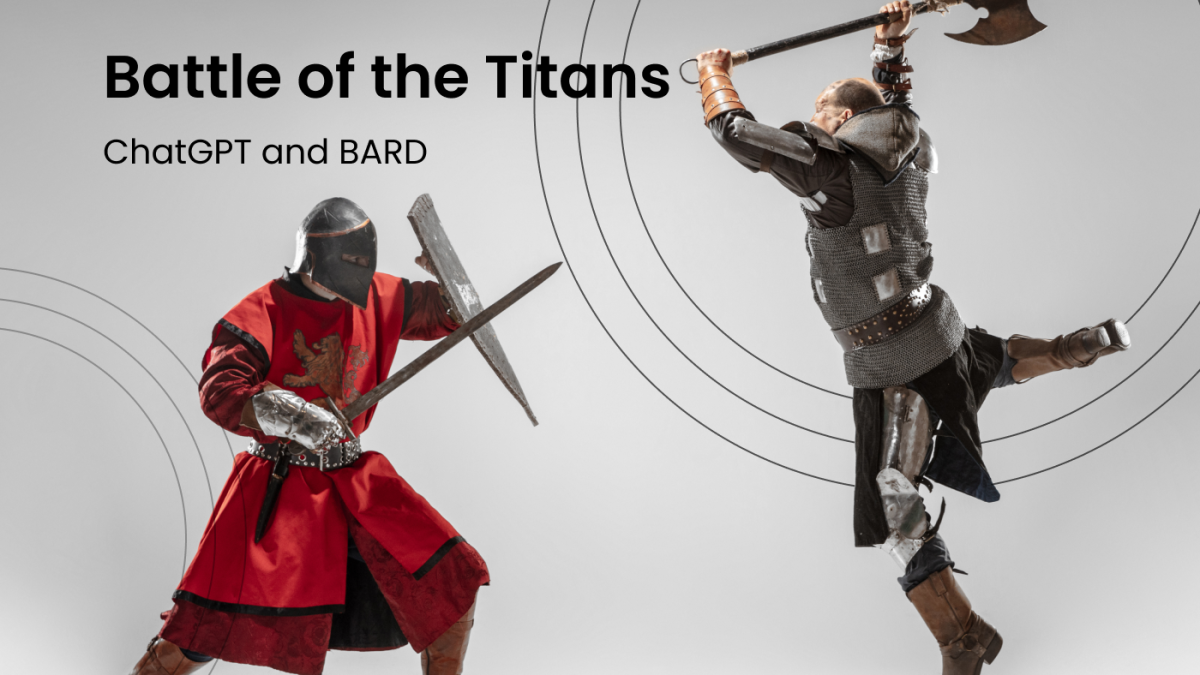In the realm of artificial intelligence (AI), two prominent language models have captivated our imagination: ChatGPT and BARD. These advanced AI systems have demonstrated remarkable capabilities in generating human-like text and engaging in conversational interactions. This essay aims to delve into the nuances that set ChatGPT and BARD apart, shedding light on their distinctive characteristics and applications.
ChatGPT, powered by the GPT-3 architecture, is designed to engage in interactive conversations with users. It excels at generating responses that simulate natural language interactions, making it an invaluable tool for chatbots, virtual assistants, and customer support systems. BARD (short for “Building AI with R&D”) represents a more expansive AI model, developed by OpenAI. It shares similarities with ChatGPT but has a broader scope and purpose. BARD is trained to be a creative collaborator, assisting users in tasks like writing poetry, composing music, and crafting narratives.
ChatGPT learns from vast amounts of text data to understand and generate coherent and contextually relevant responses. It can provide information, answer questions, engage in casual conversation, and even exhibit a touch of humour. ChatGPT has garnered attention for its impressive conversational abilities, fostering meaningful interactions between AI systems and humans. BARD leverages the knowledge and patterns it has learned from vast collections of text and music to provide suggestions, and inspiration, and even generate original content alongside human creators. BARD’s strength lies in its ability to complement and enhance human creativity, acting as a versatile co-creator across various artistic domains.
ChatGPT is primarily focused on conversational interactions, while BARD emphasises creative collaboration. ChatGPT excels at simulating human-like conversations, whereas BARD aims to augment and amplify human creativity. The training data used for these models can differ, with BARD being exposed to more diverse sources, including creative works, music, and poetry. This exposure enables BARD to offer specific creative suggestions and insights that ChatGPT might not possess.
In summary, ChatGPT and BARD represent distinct advancements in the field of AI, with ChatGPT specialising in interactive conversations and BARD focusing on creative collaboration. These AI models are poised to reshape various industries by improving conversational AI systems and revolutionising the creative process. As the development of AI progresses, the continuous refinement and exploration of these models will further unlock their potential, leading to exciting innovations and advancements in human-AI collaboration.

